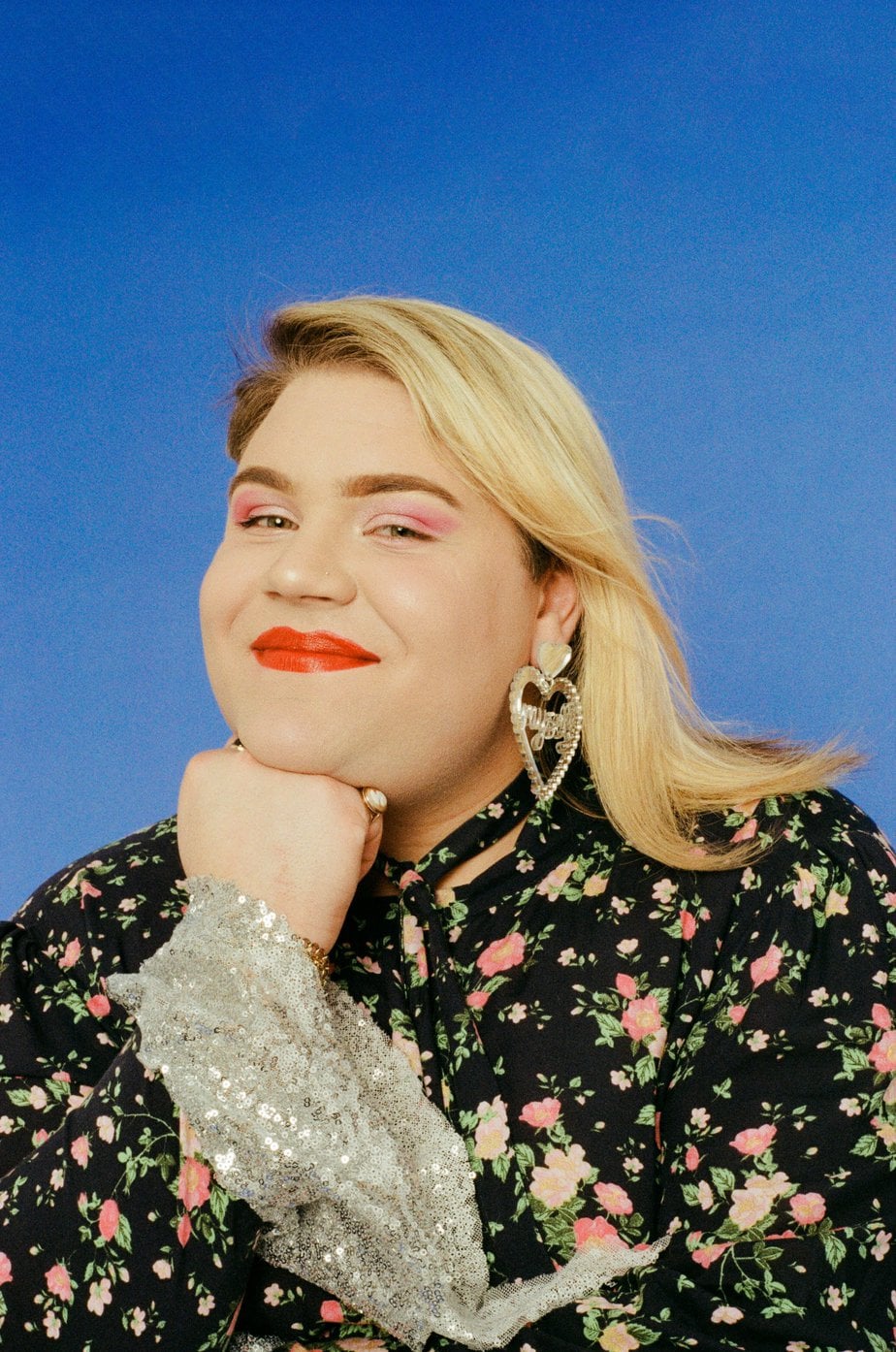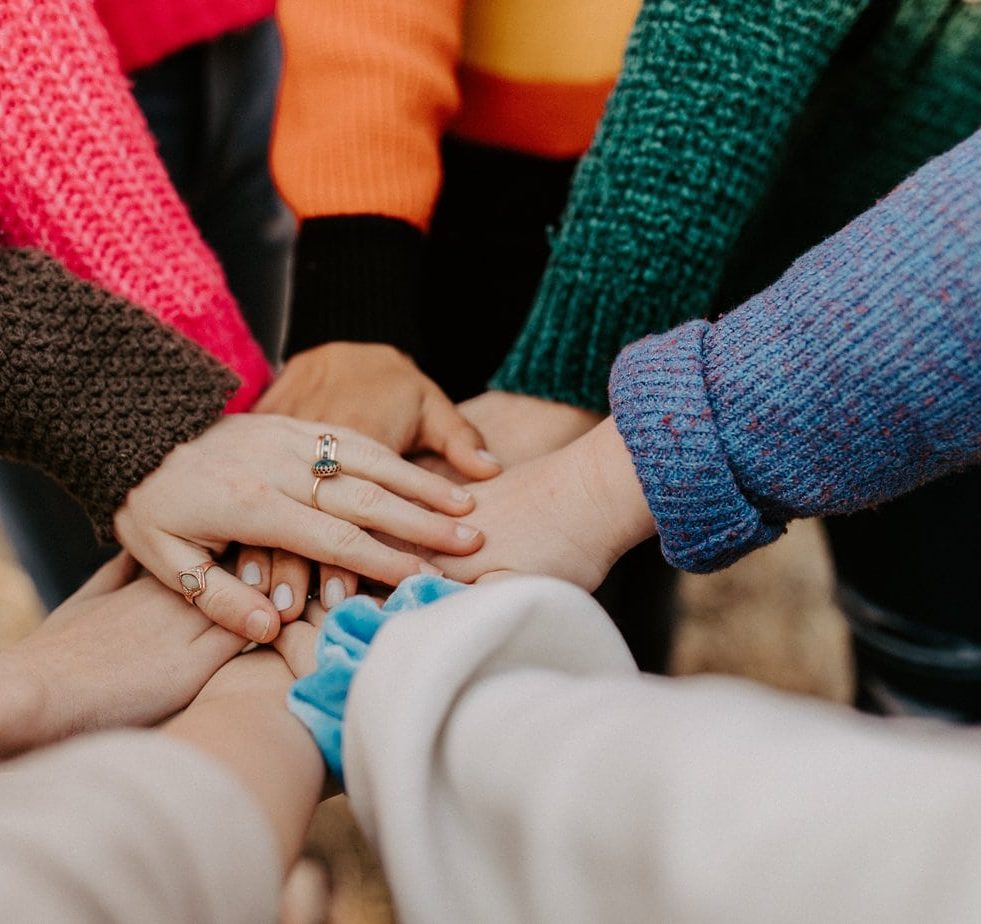One of the core values of being an ally to the LGBTQIA+ community is learning – so articles like this one are a great place for allies, and new LGBTQIA+ members to start.
What is Polysexuality then?
“Polysexual” sits under the umbrella of multisexual sexualities. This refers to people who are attracted to two genders or more. If you are a language buff, you will know that poly means many.
Polysexual means a person who is attracted to multiple gender identities.
Polysexual vs Pansexual
Oh so you mean pansexual?
Well no, pansexual is a separate sexuality from polysexual. It is a nuanced conversation, but one that is well worth having. To do this we need to explore the core sexualities that exist under the multisexual umbrella.
Pansexuality
Pan as a prefix means all, so pansexual people can experience attraction to all people, regardless of gender. People who define as pansexual often say that they are attracted to the person and their personality, rather than being attracted by their gender. Pansexuality is a helpful label for people to use when they don’t want to strictly define their sexuality in gendered terms.
Polysexuality
Where pansexuality is open-ended, some polysexual people may be attracted to multiple genders whilst not being attracted or open to attraction to all genders. For example, they could be attracted to women, non-binary people, agender folks and questioning people – but not cis-men.
The easiest way to find the distinction is the prefixes at the start of the terms – poly and pan – which show you the difference; many and all.
Bisexuality
Bisexuality is when a person is attracted to more than one gender. It originated as a term when the dominant conversation around gender suggested that there were only two: men and women. Now, bisexuality is understood not to refer exclusivesly to binary constructs of gender. People may self-define as bi if they are attracted to, and like to date, cis and trans women and non-binary people, for instance. There is much more freedom in bisexuality than it would first appear – and it is important to remember that bisexuality is personal, and will be different for different individuals.
For a long time, the bisexual community has described bisexuality as an attraction to two or more genders. This means it has similarities to polysexuality and even pansexuality. However, the labels we choose to use are important to us, and so the term a person uses to attribute their sexual identity must be respected.
How do you know if you’re polysexual?
There are no quizzes or tests you can take to ascertain your sexuality – because it is fluid and very personal. However, we are here to say, if you feel that you are polysexual – then you are.
It isn’t about your sexual past, who you have had sex with or even your relationships. It is about how you feel. We don’t need to have encountered every gender identity to say we are definitely polysexual.
If you are in a relationship and have realised you are polysexual, it doesn’t change that relationship, nor does it change your partner’s sexuality either. Many people who identify under the multisexual umbrella have relationships that may look heterosexual or homosexual to the outside world which has a tendency to assume binary gender and sexuality. However, regardless of how any relationship may look or be, this doesn’t change the validity of identifying with any sexuality that is right for you, including bisexuality, pansexuality, and polysexuality.
Myths and Misconceptions
There are so many myths and misconceptions swirling around about polysexuality. This seems like the perfect time to debunk them together.
So polysexuality means having multiple relationships?
This myth comes from confusing polysexuality with polyamory. Polyamorous people are open to having, and can have multiple consensual relationships at the same time.
It is an easy mistake to make as polyamory uses the same prefix – poly – which we have already established above as meaning “many”. However, this is the only connection, and the terms are very different. That is not to say that a polysexual person (someone who is attracted to many different genders) couldn’t be polyamorous (someone who has, or is open to having, multiple consensual relationships concurrently), or vice versa, but it is important to note that they are not the same thing. Polysexuality is a sexuality, and therefore refers to whom one may be attracted, while polyamory is a form of relationship building, and refers to the choice and desire to build relationships in an ethically or consensually non-monogamous way.
So is polysexuality a stop-gap?
This is a very harmful myth, often thrown at any sexuality that is not heterosexuality. This kind of comment comes from the latent and very prevalent privileging of heteronormativity.
Even if you are in an exploratory phase with regards to your sexuality, it is never a stop-gap. It is conscious or unconscious self-development. A sexuality is never a stop-gap, it’s a part of who you are that, like other parts of yourself, can shift and change as you do, and as you learn more about what feels most “like you”.
Accusations of Hypersexuality
The whole multisexual umbrella faces comments that suggest they are greedy, or that they have or want to have loads of sex. Which – no surprises here – is an incorrect assumption. With the exception of asexuality, which can be experienced as individuals having little-to-no-sexual attraction to others, a person’s sexuality (to whom they are attracted) does not influence or reflect their need or desire for the volume of sexual encounters they have. Libido is very separate from sexuality, and can fluctuate as a result of all kinds of environmental factors, from hormones to hunger levels.
Conflating attraction to many genders with a heightened sexual turnover is outdated and incorrect.
How do we increase the understanding of Polysexuality?
Firstly you can share articles like this one, as well as others exploring the world of sexuality and gender on the Killing Kittens Blog. The best way to learn is to absorb multiple perspectives and experiences – people are the best library when it comes to life!
Secondly, avoid probing into a person’s personal sexual history. As we discussed earlier, we never need to prove our sexuality – so this is a conversation killer as far as we’re concerned.
Thirdly, stop assuming! Assumptions are one of the most limiting things we can do to other people. They bypass any lived experiences or alternative perspectives. Misinformation perpetuated by assumptions is very toxic.
And finally, be open. Openness to learning and accepting all people is one of the most inclusive approaches to life and will set you up as a decent human, which we would all like to be. Having an open mind enables you to respect people who have different sexualities, gender identities, likes and dislikes – the list is exponential. Be open to differences in life, and if you discover something that you dislike, or find challenging or confusing, acknowledge that it is not necessarily something for you to confront or change.
As actor and activist George Takei so beautifully put it: “We should indeed keep calm in the face of difference, and live our lives in a state of inclusion and wonder at the diversity of humanity”.

Ben (they/them) is a writer, speaker, content creator, LGBTQIA advocate, and soon to be author! They have worked with major brands such as Amazon Prime, Oliver Bonas, Matalan and many more. They uplift and educate through media; with their website benpechey.com, The Happy Place podcast, and legendary Instagram Stories. They have had words in print and online for Cosmopolitan, Women’s Health, The Guardian and many more.

